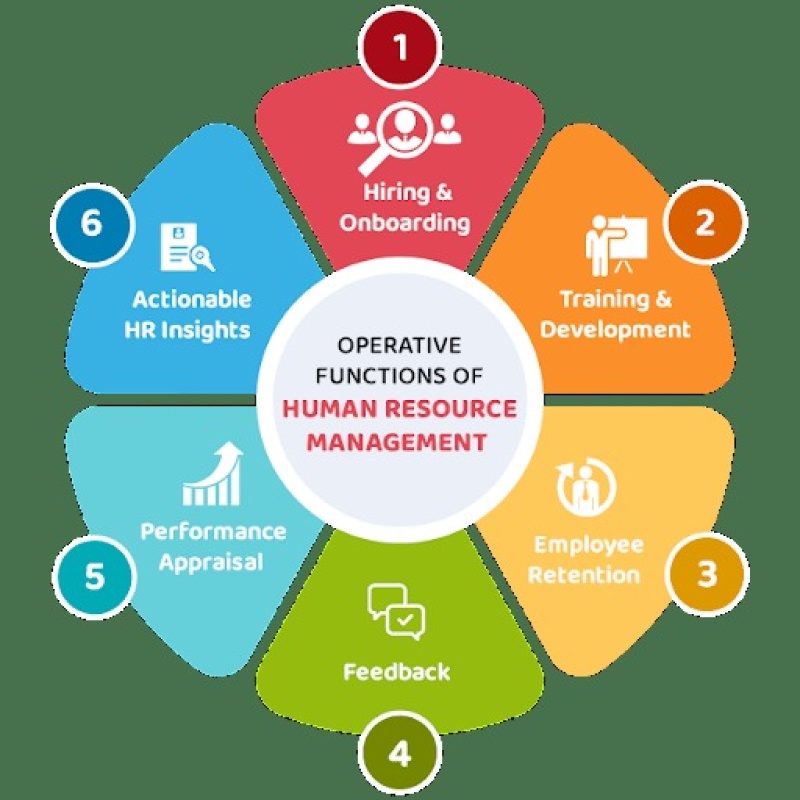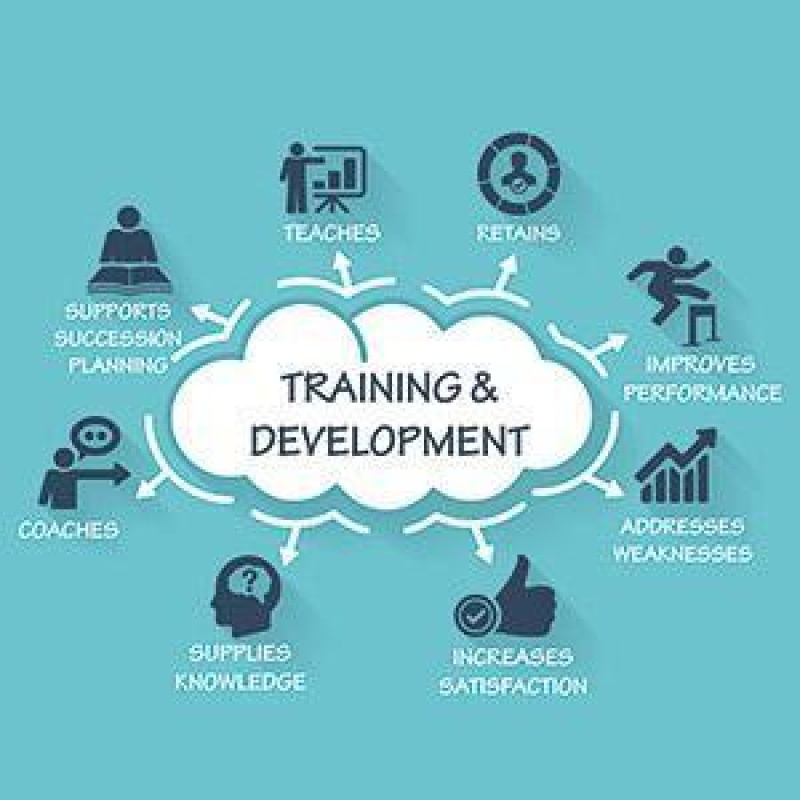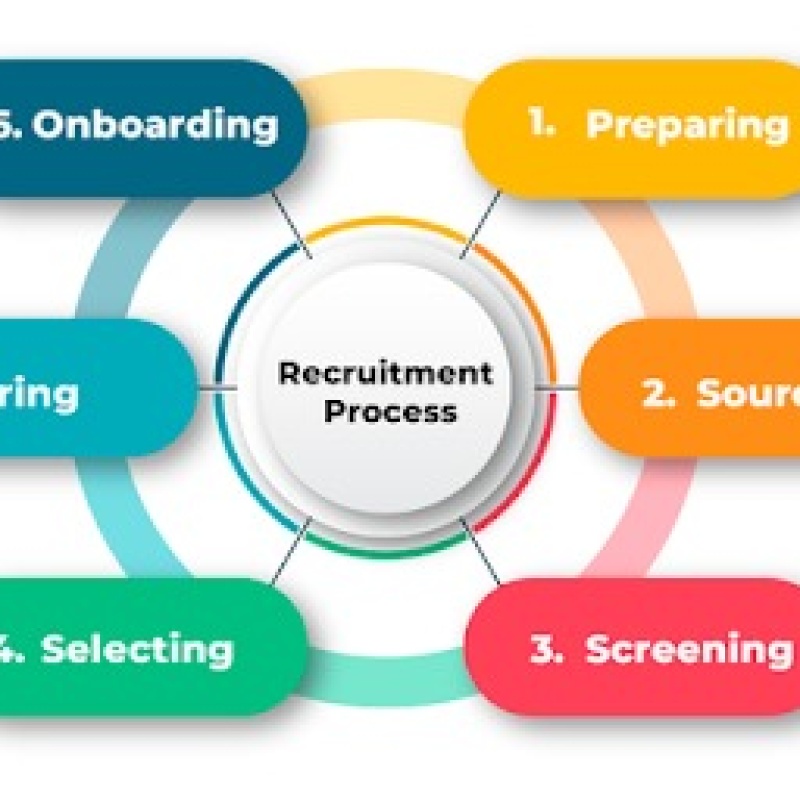Components of Strategic Human Resource Management Assignment
Strategic Human Resource Management (SHRM) is a subject that defines the link between the workforce of the organization and its goals, ambitions, and plans. The objectives of Strategic Human Resource Management are, firstly, to make the organization's structure such that its goals are met. Secondly, it boosts operational efficiency and enhances adaptability, strategic edge, and originality. HR plays a significant role as a strategic collaborator in the formulation and execution of corporate policies to enable human resource management to prosper. Strategic HR is a part of investigating how human capital directly impacts the team's growth. Recruiters adopt a strategic approach for the retention and development of employees so that they can meet the demands of long-term ambitions and be satisfied. Businesses facing dilemmas deal with challenges. There are different aspects of HR that can shake businesses and lead employees to make poor decisions, which further results in the operation delay for both workers and their organization. SHRM mainly involves the departments of HR when they work with other units of the organization to recognize the aims and develop various tactics that help attain the company's goals. HR strategies utilize the potential and skill within the human resources division to enhance and strengthen the performance of different divisions. The five essential components of Strategic Human Resource Management are HR strategy, HR policy and planning, training and development, performance and compensation, and recruitment and selection.HR Strategy

One of the components of SHRM consists of implementing and developing various strategies for motivating, retaining, attracting, and managing talented people who can contribute to the organization's success. It also includes practices and policies which are designed to make sure there is fairness in employment relations. There are various strategies that HRM adopts to create value by implementing an action plan in the overall business. These strategies are mentioned below.
Various actions are taken into consideration and adapted to meet the customers' needs.
Different procedures and policies are utilized by the HR so that they can easily manage the organization.
Different processes are implemented to produce goods and services.
The HR also adopts various marketing activities to make the organization sell its products and make profits.
They also must make financial decisions for funding operations.

They also must resolve people-related issues, like recruitment, training, selection, benefits, compensation, and performance management. Also, they must work for legal requirements and policies that affect the organization.
Implementing these strategies helps businesses to flourish and attain success. It allows HRM to make better decisions. For instance, HR working in any company must make plans to improve productivity, increase profits, lower costs, and enhance the satisfaction of employees. Here, the HR department plays a central role in determining if the company is liable to expand its market or merge or acquire another company. Different strategies adopted by HR provide the organization with numerous benefits in identifying the areas of strengths and weaknesses, developing strategies to resolve these weaknesses, establishing objectives and sub-goals to analyze the progress towards achieving the main aim, ensuring the organizational aspects work according to defined goals of the organization, making employees improve themselves, evaluating the effectiveness of policies and programs, employee retention and enhanced satisfaction of job.
HR policy and planning

Another critical component of writing an HR assignment
e & time off work, BYOD, anti-discrimination & anti-harassment, confidentiality, data privacy and social media, employee attendance, weapon-free workplace and much more.
Training and Development

The following essential component of SHRM is training and development, which represents educating employees in the organization. It involves different tools, activities, and instructions designed to enhance the performance of the employees. Training and development allow employees to enhance their understanding and knowledge by upgrading their skills. These are implemented in the organization so that the employees can enhance the organization's productivity, improve the quality of service or product, lower the turnover of employees, and reduce errors and costs. The primary role of HR in this is to guide employees in attaining knowledge and attaining success. They help employees by guiding them and providing mentorship, monitoring their performance, collecting feedback, interpreting the gathered data, offering educational platforms and activities for improvement, giving sufficient training, assuring the employee's well-being, and empowering the motivation and morale of the employees. Mo
reover, HR must ensure that the training programs are helpful and adequate.
Performance and Compensation
Performance and compensation are other significant component of strategic human resource management. Management of performance refers to the procedure of improving the employee's job performance by utilizing assessment tools, offering continuous feedback, and counseling and coaching. It aids in making sure that the employees are meeting organizational meetings and giving their contribution to the bottom line of the company. This is important as it supports pay decisions, development of employees, force reductions, and promotion decisions. Compensation is referred to as the incentives and rewards provided to the employees in return for their contribution to the organization. This further aids in boosting their morale and enhancing productivity in HR assignmentRecruitment and Selection
Recruitment refers to the procedure used by companies to source, recognize, and attract candidates for vacant positions. The main aim is to collect information on suitable candidates who fit the job role per the job requirements. The selection is the procedure of evaluating candidates' experience, expertise, and qualities so that many applicants can be narrowed down to suitable candidates. The selection process mainly involves taking assessments and tests and conducting interviews to evaluate each candidate. Optimal recruitment and selection are essential because they help allow HR to attract the best candidate in the organization, reducing absenteeism and employee turnover, saving the company's money, and creating a field for level playing.Conclusion
In conclusion, making Strategic Human Resource Management assignmentsComments
Topic revision: r1 - 2023-10-28 - FlossieMoon
Ideas, requests, problems regarding TWiki? Send feedback

